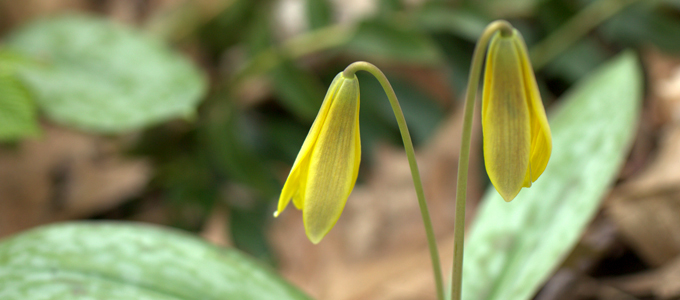Life-history theory states that organisms should solve trade-offs in resource use to maximize fitness. My theoretical research focuses on plant life-history evolution in the context of environmental variability, with a focus on the processes of reproduction. Seed production in plants may be limited by pollen availability or resource availability. To maximize seed production and dispersal in deterministic environments, plants should allocate resources to reproduction (pollen and ovule production, pollen attraction, seed maturation) so that reproduction is simultaneously pollen and resource limited. In stochastic environments, however, it may be advantageous for plants to practice bet-hedging, i.e. change their allocation to minimize risk of reproductive failure. The form of this variability can also influence how plants should allocate resources to different reproductive functions, i.e. attracting pollen versus maturing seeds. I am using analytical and simulation modeling to develop predictions for how environmental variability at different scales (within and among individuals, over space and time) should affect allocation to reproduction, and collecting empirical data to test these predictions.
Collaborators
Sebastian Schreiber, UC Davis, Department of Evolution and Ecology
Jay Rosenheim, UC Davis, Department of Entomology and Nematology
Neal Williams, UC Davis, Department of Entomology and Nematology
Lawrence Harder, University of Calgary, Department of Biological Sciences
Publications
Rosenheim, J.A., N.M. Williams, S.J. Schreiber, and J.M. Rapp. Uncertain pollen receipt and plant fitness losses due to pollination shortfalls. American Naturalist. In review.
